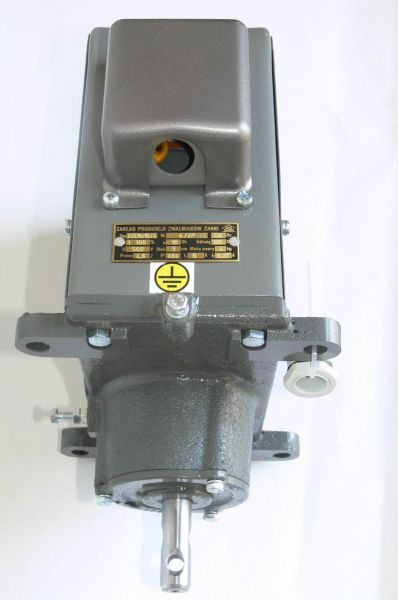


If the fraction or mixed number is only part of the calculation then omit clicking equals and continue with the calculation per usual. Click on the decimal format button, enter a fraction or mixed number, then click equals. Also to change a fraction of the form 3/4 to the decimal 0.75, or a fraction of the form 7/4 or a mixed number of the form 1 3/4 to the decimal 1.75.

When you choose the one the other is switched off.ĭecimal format button is used for all decimal work. Enter a number, then click fraction space, click another number and then click on the fraction bar button, lastly enter another number.ĭecimal format button and Fraction format button work as pair. You can use fraction space button to create a number of the form 5 3/4. Click a number and then click fraction bar, then click another number. Try the scientific notation practice problems to test your understanding of the concepts covered by this illustration.To enter a fraction of the form 3/4. With the advent of computers and calculators, the letter E replaces "x10" so that 3200 can be written as 3200, 3.2E3, or 3.2 x10 3. The most common way to write values in scientific notation is with the x10exponent structure.

Makes it much clearer that the first one is larger. Makes it difficult to see at a glance which one is bigger while writing them as In addition to making it easier to express large and small numbers, scientific notation makes it easier to compare values. The exponent is negative because the original number is less than one. This conversion took 4 steps so the number is multiplied by 10 raised to the negative of the number so steps indicating that to getting back to the original number requires dividing by 10 4 times. To write the number 0.0003 in scientific notation, 0.0003 is repeatedly multiplied by 10 until the first non-zero number (in this case a 3) is just to the left of the decimal place: Multiplying by 10 moves the decimal to the right. The difference is that converting from standard to scientific notation involves multiplying by 10, not dividing. Values that are less than one work the same way. The same pattern works regardless of the size of the number. Therefore, 3.0 x 10 2, 3.0 x 10 x 10 and 300 all represent the same value. This shows that the original number can be recreated by multiplying 3 by 10 two times. Since we had to divide by 10 two times to get from 300 to 3, the exponent for the scientific notation form is 2. Step 2 - divide the result of step 1 by 10 again: 30 x 10 1 ÷ 10 = 3.Moving the decimal the same number of places 10 is raised to works because moving the decimal one place is the same as dividing or multiplying the number by 10: 3.0 x10 2 becomes 300.Ī negative exponent means the number is less than one, and the decimal moves to the left to convert from scientific to standard notation. A positive exponent means the number is greater than one, and the decimal moves to the right to convert from scientific to standard notation.


 0 kommentar(er)
0 kommentar(er)
